Euonymus Winter Care: Tips On Preventing Winter Damage To Euonymus
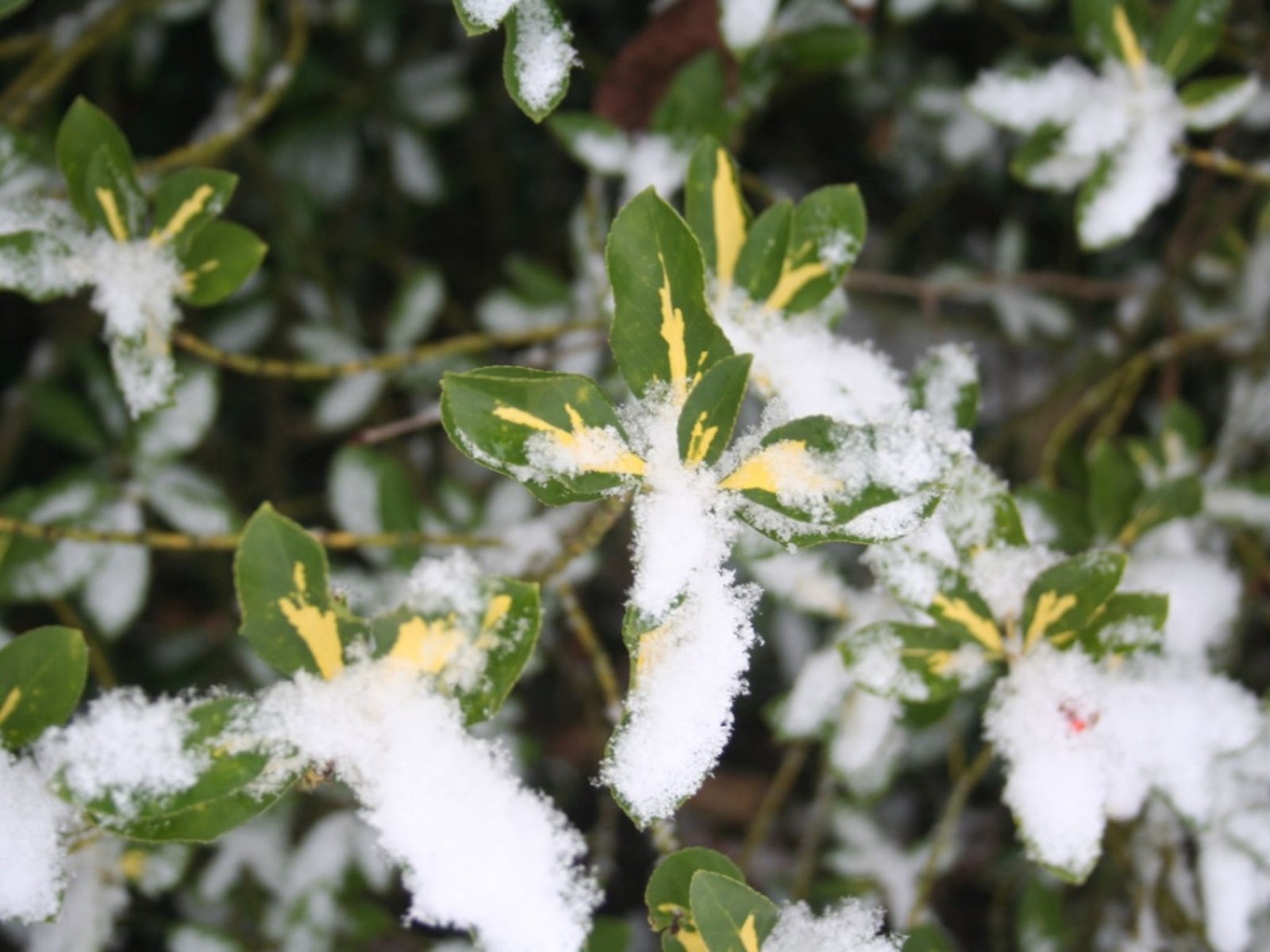

The name euonymus encompasses many species, ranging from groundcover vines to shrubs. They are, for the most part, evergreen, and their shrub incarnations are a popular choice in areas that experience harsh winters. Some winters are harsher than others, however, and winter damage to euonymus can seem like a serious blow. Keep reading to learn about euonymus winter care and how to fix winter damage in euonymus.
Winter Desiccation of Euonymus
Euonymus winter damage can be caused by too much heavy snow and ice, which snap branches or bend them out of shape. It can also be caused by temperatures that yo-yo around the freezing point. This can freeze the moisture in the euonymus and promptly rethaw it, causing expansion and possible breakage. Another serious aspect of euonymus winter damage is desiccation. Throughout the winter, evergreens lose a lot of moisture through their leaves. Euonymus shrubs have shallow root systems, and if the ground is frozen and particularly dry, the roots cannot pick up enough moisture to replace what is lost through the leaves. Biting winter winds carry away even more moisture, causing the leaves to dry out, brown, and die.
How to Fix Winter Damage in Euonymus Shrubs
Euonymus winter care really begins in autumn. Water your plant frequently and thoroughly before the ground freezes to give the roots plenty of moisture to soak up. If wind is a real problem, consider wrapping your euonymus in burlap, planting other barrier shrubs around it, or even moving it to an area that is more protected from the wind. If the euonymus winter damage has already been dealt, don’t despair! Euonymus shrubs are very resilient, and will often bounce back from damage. If branches have been bent down by heavy snow, try tying them back in place with string to encourage them to grow back into shape. Even if a lot of the leaves are dry and dead, they should be replaced by new growth without pruning. If you want to prune away dead parts, examine the stems for buds - this is where the new growth will come from, and you don’t want to prune below them. The best course of action is simply to wait until late spring or even early summer for the plant to recover to the best of its abilities. You may be surprised at what it can spring back from.
Gardening tips, videos, info and more delivered right to your inbox!
Sign up for the Gardening Know How newsletter today and receive a free copy of our e-book "How to Grow Delicious Tomatoes".

The only child of a horticulturist and an English teacher, Liz Baessler was destined to become a gardening editor. She has been with Gardening Know how since 2015, and a Senior Editor since 2020. She holds a BA in English from Brandeis University and an MA in English from the University of Geneva, Switzerland. After years of gardening in containers and community garden plots, she finally has a backyard of her own, which she is systematically filling with vegetables and flowers.
-
 Looking For Plants To Give You The Soft And Fuzzies? Try These 5 Fuzzy Leaf Plant Options
Looking For Plants To Give You The Soft And Fuzzies? Try These 5 Fuzzy Leaf Plant OptionsLovers of texture, drama, silver foliage and tactile plants will adore these special sensory garden additions. These fuzzy leaf plant options will leave you all aglow
By Susan Albert
-
 Get Ready For A Summer Of Hummers! Grow These Full Sun Hummingbird Plants and Flowers
Get Ready For A Summer Of Hummers! Grow These Full Sun Hummingbird Plants and FlowersIf you’re lucky enough to enjoy a sunny backyard, make sure you are maxing out on your pollinator opportunities and grow these full sun hummingbird plants and flowers
By Tonya Barnett
-
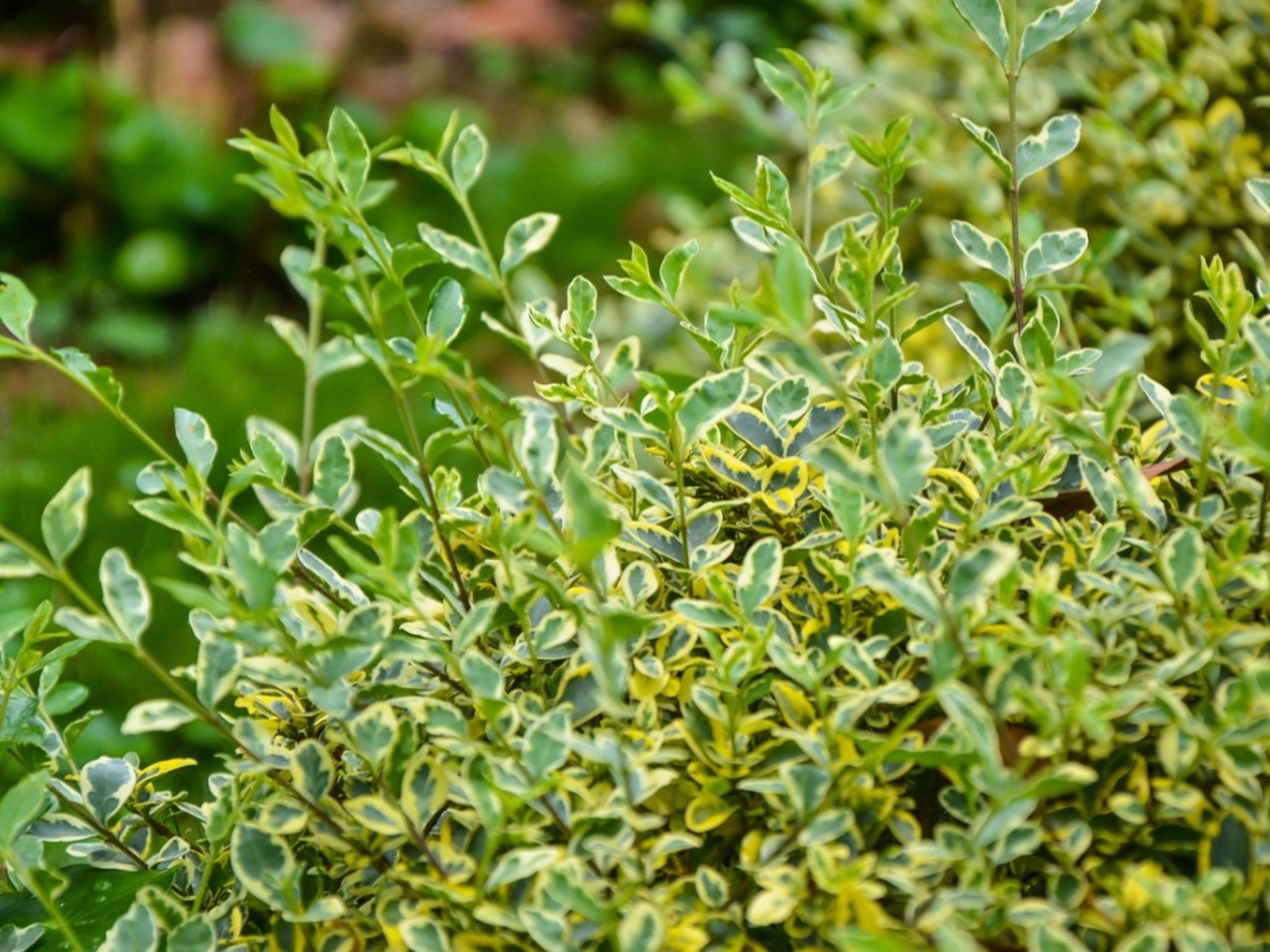 Pruning Evergreen Euonymus: How To Trim Euonymus Japonicus
Pruning Evergreen Euonymus: How To Trim Euonymus JaponicusPruning evergreen euonymus is not an annual event. However, it is sometimes necessary Read on for information about how to cut back euonymus.
By Teo Spengler
-
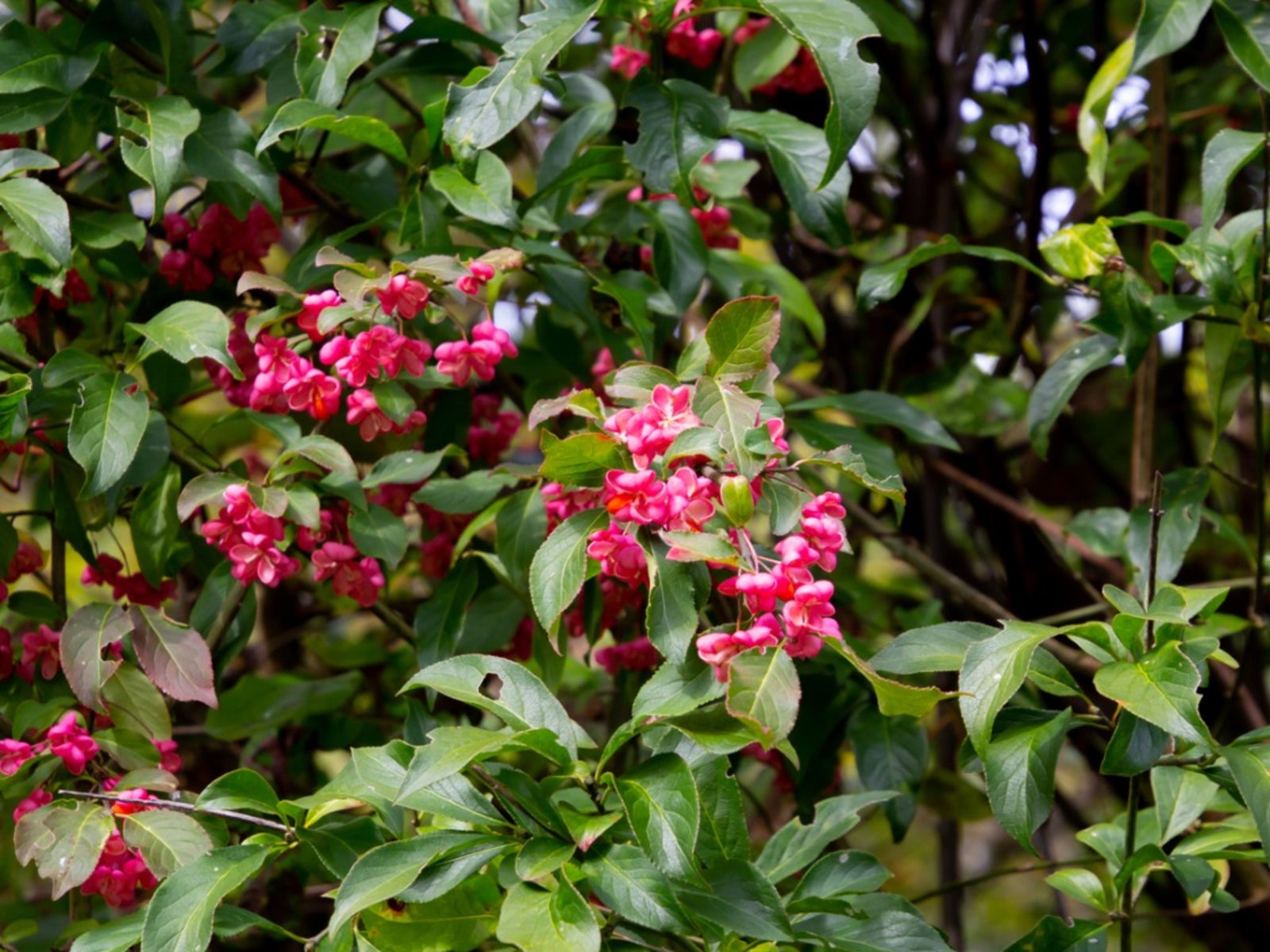 Euonymus Spindle Bush Info: What Is A Spindle Bush
Euonymus Spindle Bush Info: What Is A Spindle BushAlso known as common spindle tree, spindle bush is an upright, deciduous shrub that becomes more rounded with maturity. Spindle bush is hardy to USDA zones 3 through 8. Click on the following article and learn how to grow spindle bushes.
By Mary H. Dyer
-
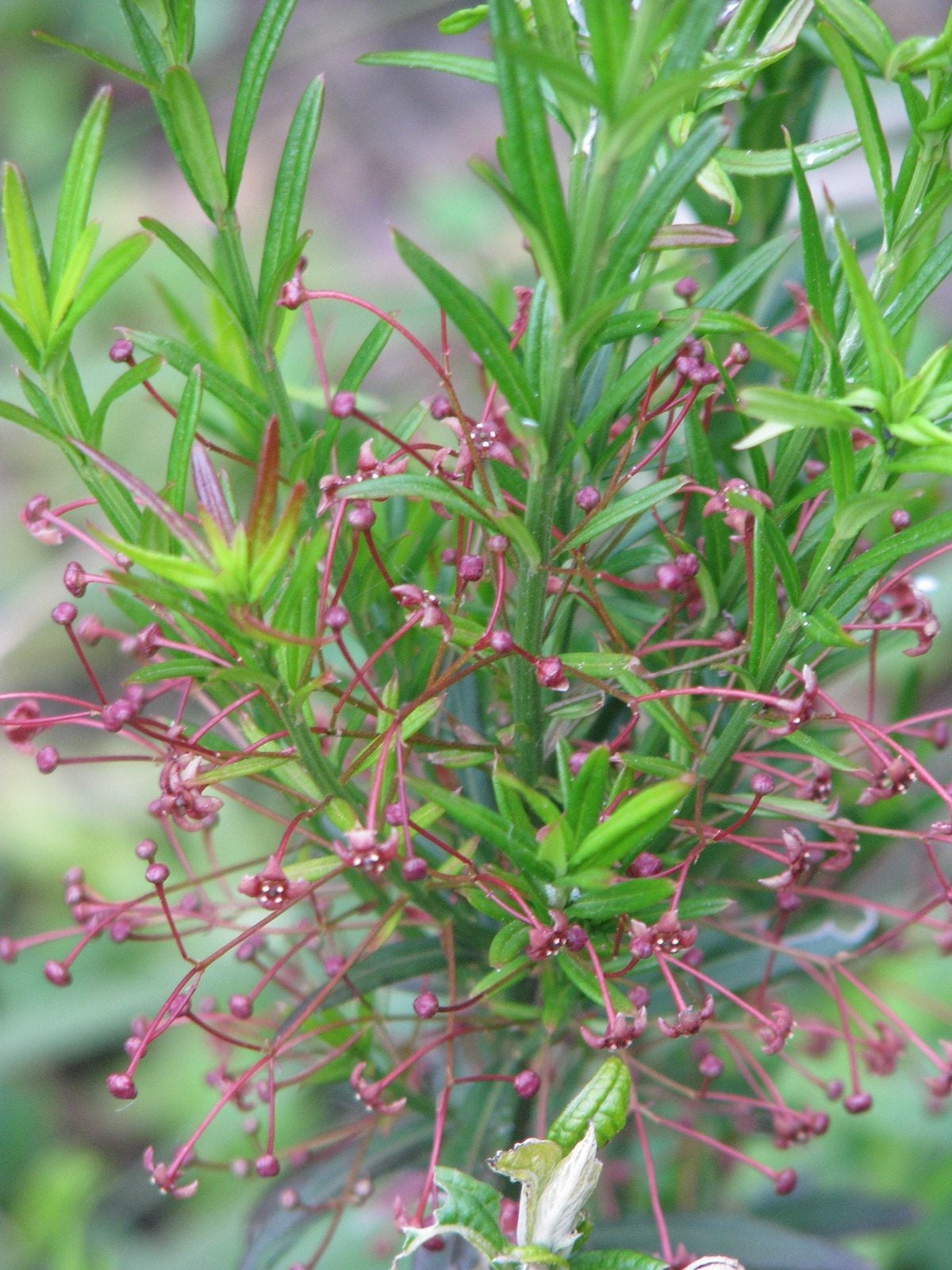 What Is A Dwarf Turkestan Euonymus: Growing Dwarf Turkestan Euonymus Plants
What Is A Dwarf Turkestan Euonymus: Growing Dwarf Turkestan Euonymus PlantsIf you are thinking of growing dwarf Turkestan euonymus for its green foliage and brilliant red autumn color, then you've come to the right place. We'll give you lots of dwarf Turkish euonymus information and care tips in this article.
By Teo Spengler
-
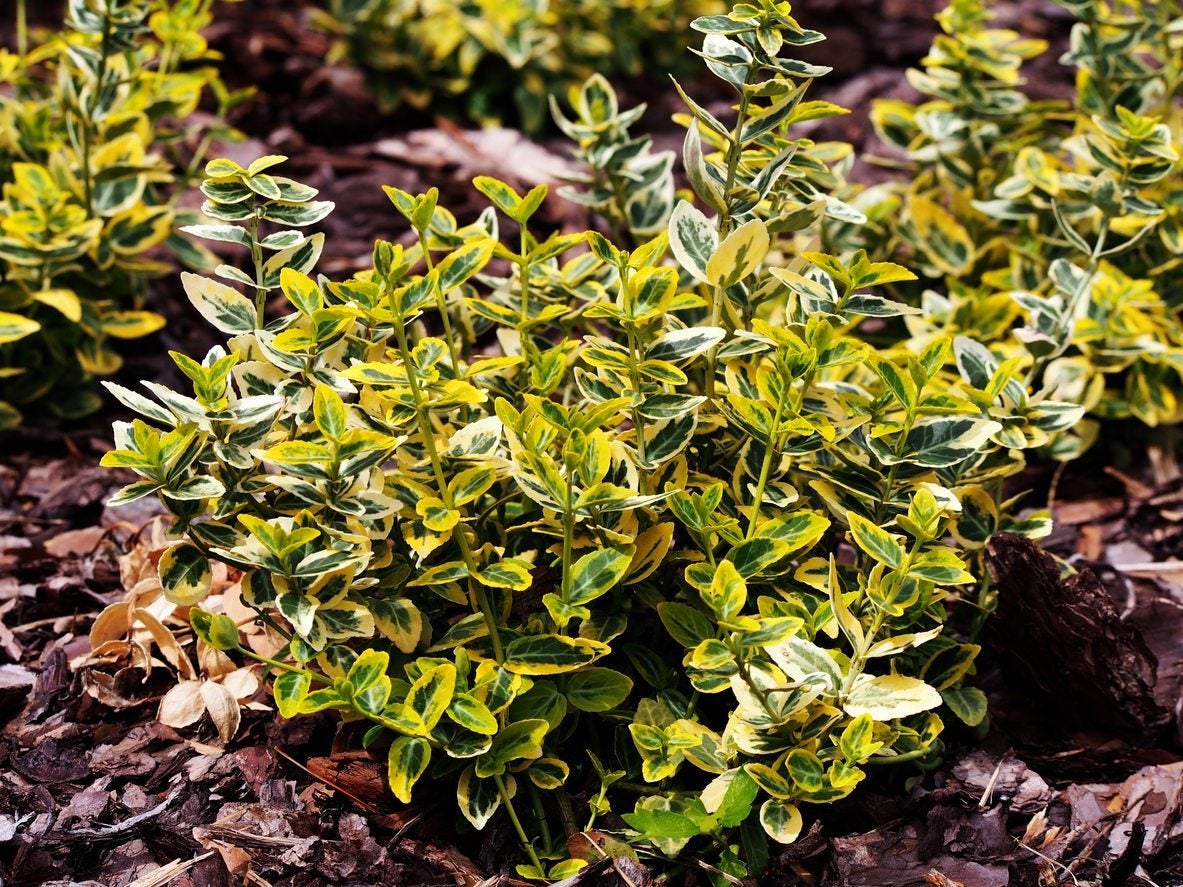 Types Of Euonymus – Choosing Different Euonymus Plants For Your Garden
Types Of Euonymus – Choosing Different Euonymus Plants For Your GardenIf you are selecting Euonymus plant varieties for your landscape, this article is a good place to start. You'll find descriptions of different Euonymus shrubs that you might want to invite into your garden.
By Teo Spengler
-
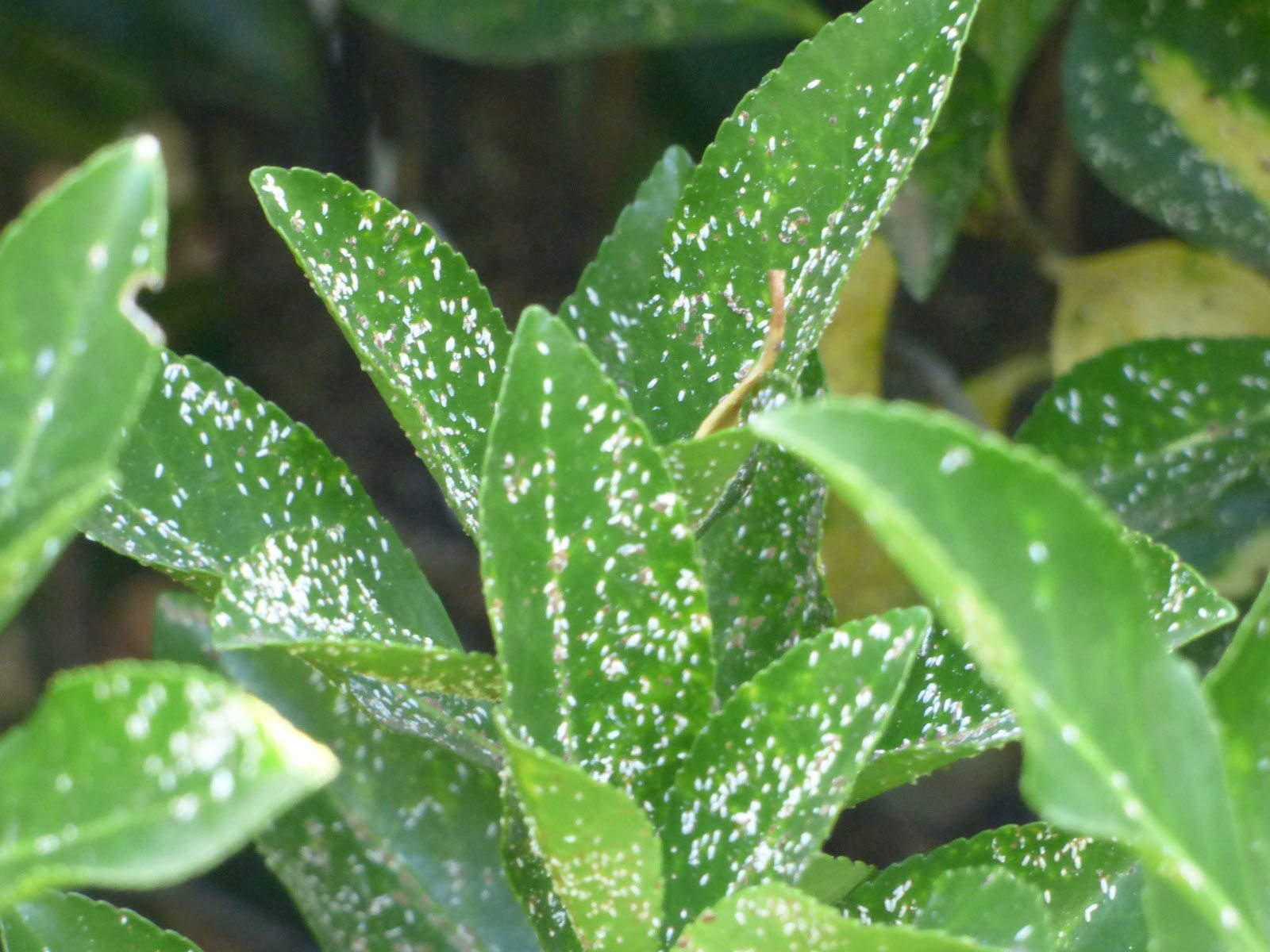 Euonymus Scale Treatment – Tips For Controlling Euonymus Scale Bugs
Euonymus Scale Treatment – Tips For Controlling Euonymus Scale BugsOne common and sometimes devastating pest that targets euonymus plants is the euonymus scale. Controlling euonymus scale bugs can be relatively simple and effective, as long as it's done properly. Find out how to do this here.
By Liz Baessler
-
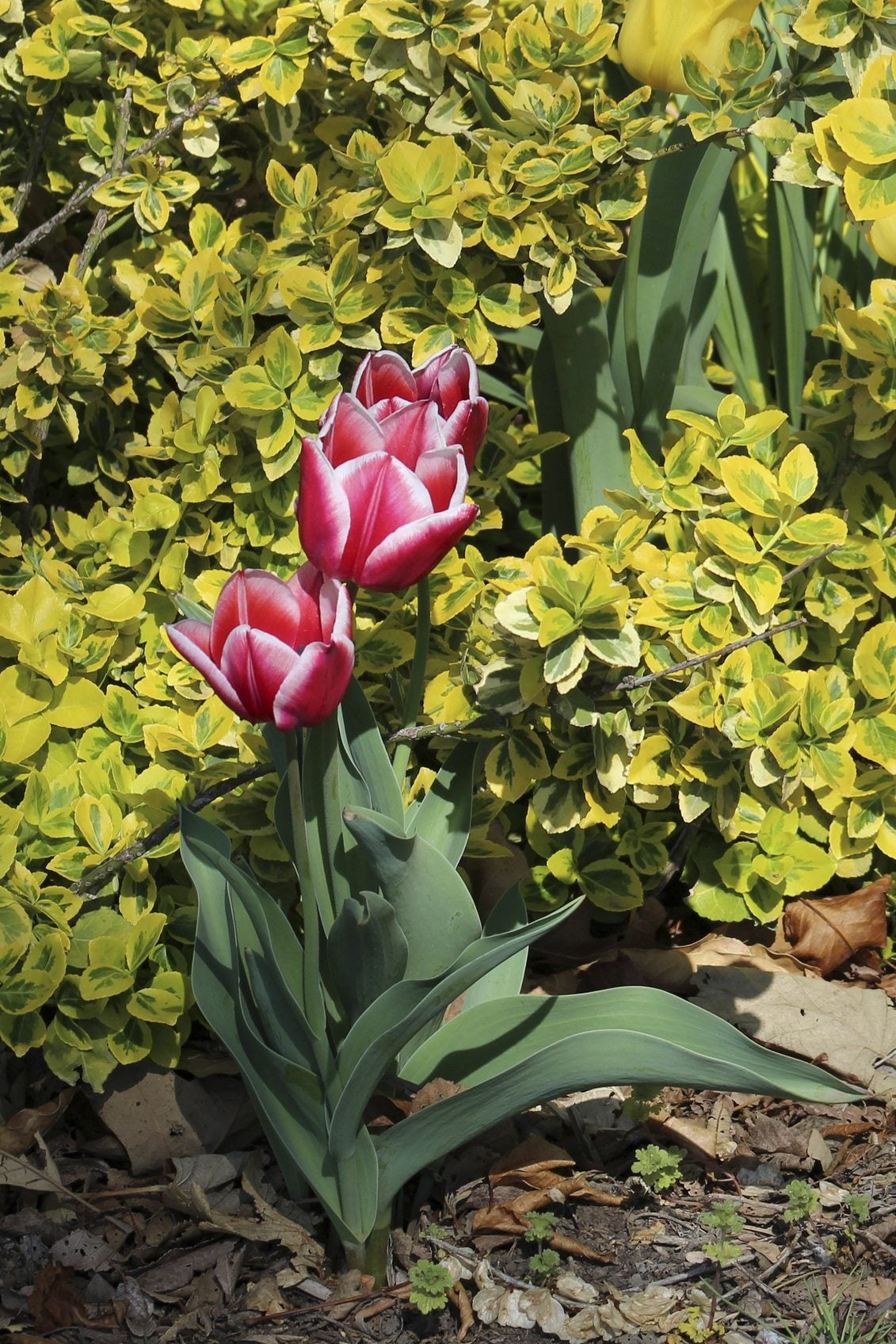 Suitable Euonymus Companion Plants: Tips On What To Plant With Euonymus
Suitable Euonymus Companion Plants: Tips On What To Plant With EuonymusEuonymus plant species come in a range of shapes and types. They include evergreen shrubs, deciduous vines and evergreen vines. Whichever you have planted, you'll need to find plants that complement them. Click here for some tips on what to plant with euonymus.
By Teo Spengler